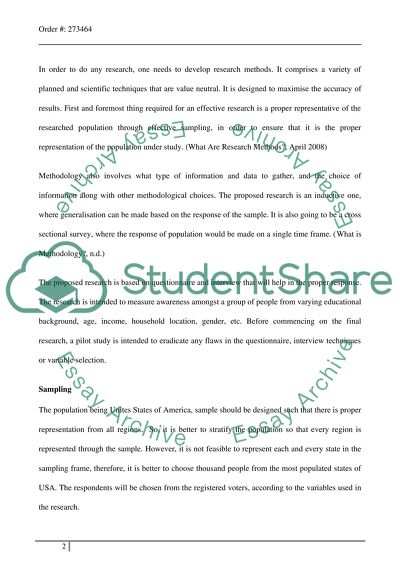Cite this document
(Consumer Awareness of the Social Costs of Ethanol Production and How Research Proposal, n.d.)
Consumer Awareness of the Social Costs of Ethanol Production and How Research Proposal. Retrieved from https://studentshare.org/social-science/1533192-social-costs-of-ethanol-production
Consumer Awareness of the Social Costs of Ethanol Production and How Research Proposal. Retrieved from https://studentshare.org/social-science/1533192-social-costs-of-ethanol-production
(Consumer Awareness of the Social Costs of Ethanol Production and How Research Proposal)
Consumer Awareness of the Social Costs of Ethanol Production and How Research Proposal. https://studentshare.org/social-science/1533192-social-costs-of-ethanol-production.
Consumer Awareness of the Social Costs of Ethanol Production and How Research Proposal. https://studentshare.org/social-science/1533192-social-costs-of-ethanol-production.
“Consumer Awareness of the Social Costs of Ethanol Production and How Research Proposal”, n.d. https://studentshare.org/social-science/1533192-social-costs-of-ethanol-production.


